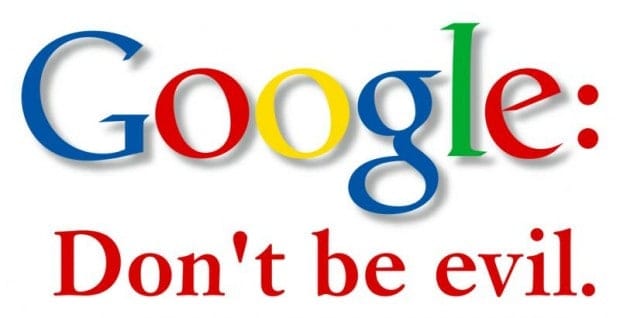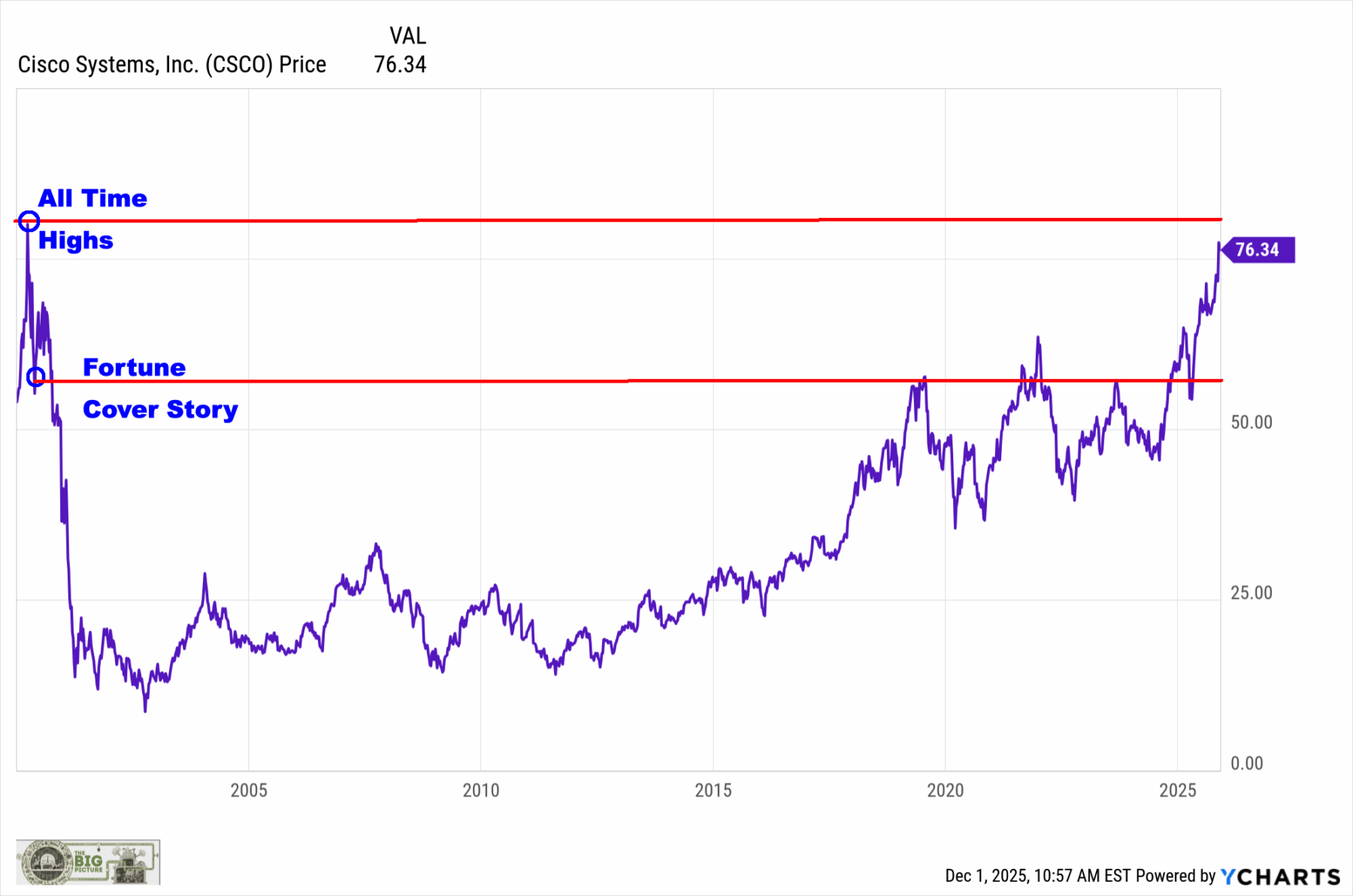US retail sales increased sharply in January, the latest in a series of hotter-than-expected economic data that may force the Federal Reserve to keep tightening monetary policy for longer to slow the American economy.
Retail sales, which include spending on food and fuel, rose 3 per cent last month over December’s levels, the Census Bureau said on Wednesday. Economists expected a 1.8 per cent increase.
The data, which included signs that American consumers have not pulled back spending on discretionary items despite high inflation, came a day after the US labour department published inflation figures that showed price pressures were easing as much as they were late last year.
It also follows a labour department report on non-farm payrolls, which showed that hiring nearly doubled in January, with the US economy adding more than a half million jobs in the month — up from 223,00 in December.
Fed chair Jay Powell has repeatedly warned that the central bank will need to keep rates high to fight off inflation: the consumer price index rose at a rate of 6.4 per cent in January compared with a year ago.
But in recent months financial markets have signalled that investors believe the Fed will be able to take its foot off the brakes by the end of 2023 because of quickly moderating price data.
However, February’s spate of strong data has triggered a reversal in market sentiment. On Wednesday morning, the rate-sensitive two-year Treasury yield rose to its highest level since early November, though subsequently reversed some of that move.
The US dollar index, which measures the greenback against a basket of six currencies, rose to its highest level since early January. US stocks fell slightly, with the blue-chip S&P 500 down 0.5 per cent and the tech-heavy Nasdaq down 0.4 per cent.
Wednesday’s retail sales report showed that higher borrowing costs, driven up by the Fed’s aggressive year-long campaign to increase interest rates, and persistent inflation have yet to put Americans off shopping.
January’s reading indicated a strong recovery from the holiday month, which had reported the biggest monthly decrease in retail sales since December 2021. The figures are not adjusted for inflation.
Spending at petrol stations remained flat from December but was still up 5.7 per cent from a year ago even as prices at the pump have moderated.
The so-called retail control group, which excludes building materials, motor vehicle parts and petrol station sales, increased 1.7 per cent, topping economists’ expectations for a 0.8 per cent increase.
Additional reporting by Kate Duguid in New York
















